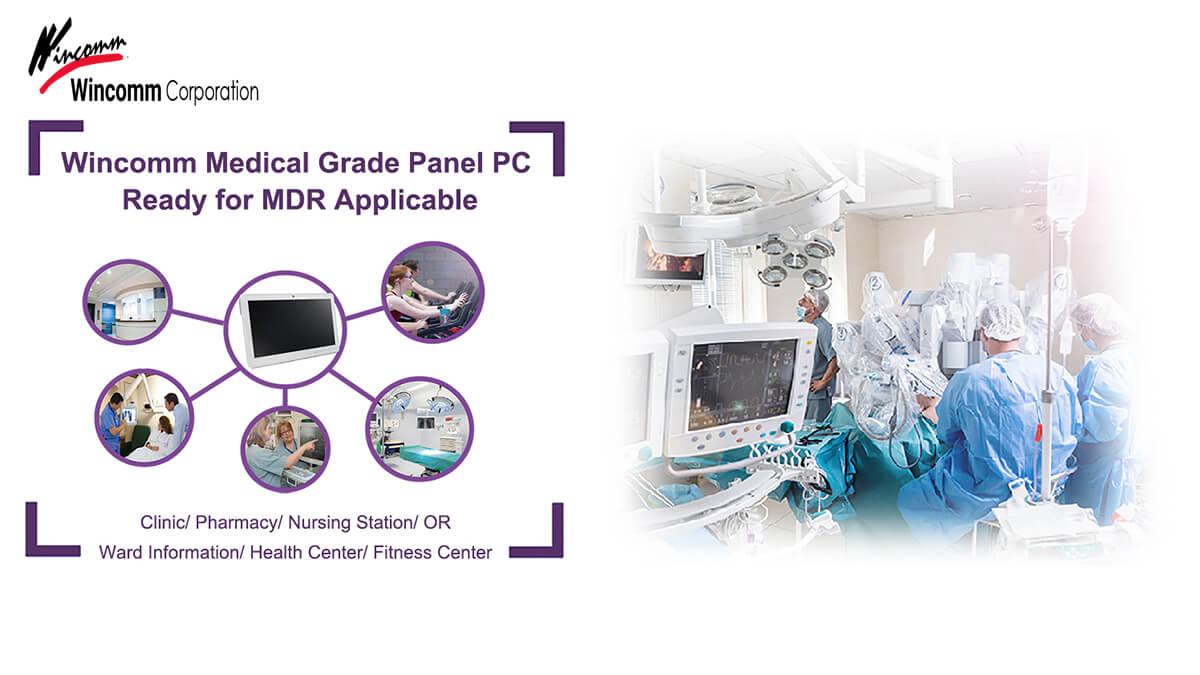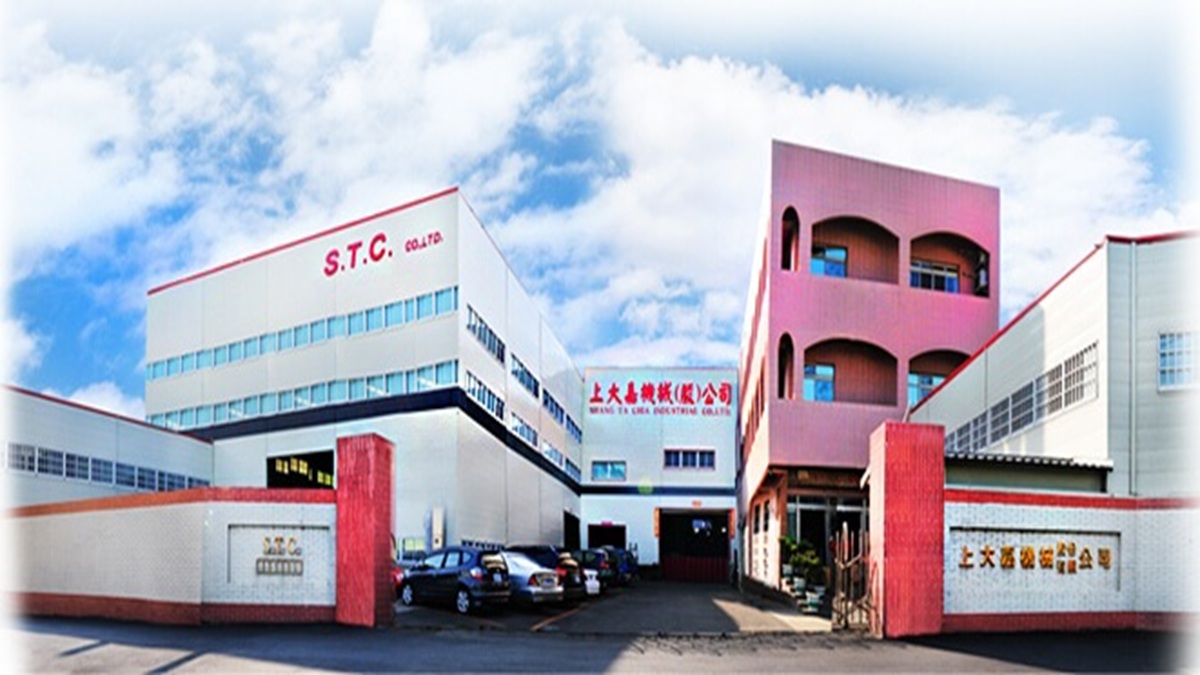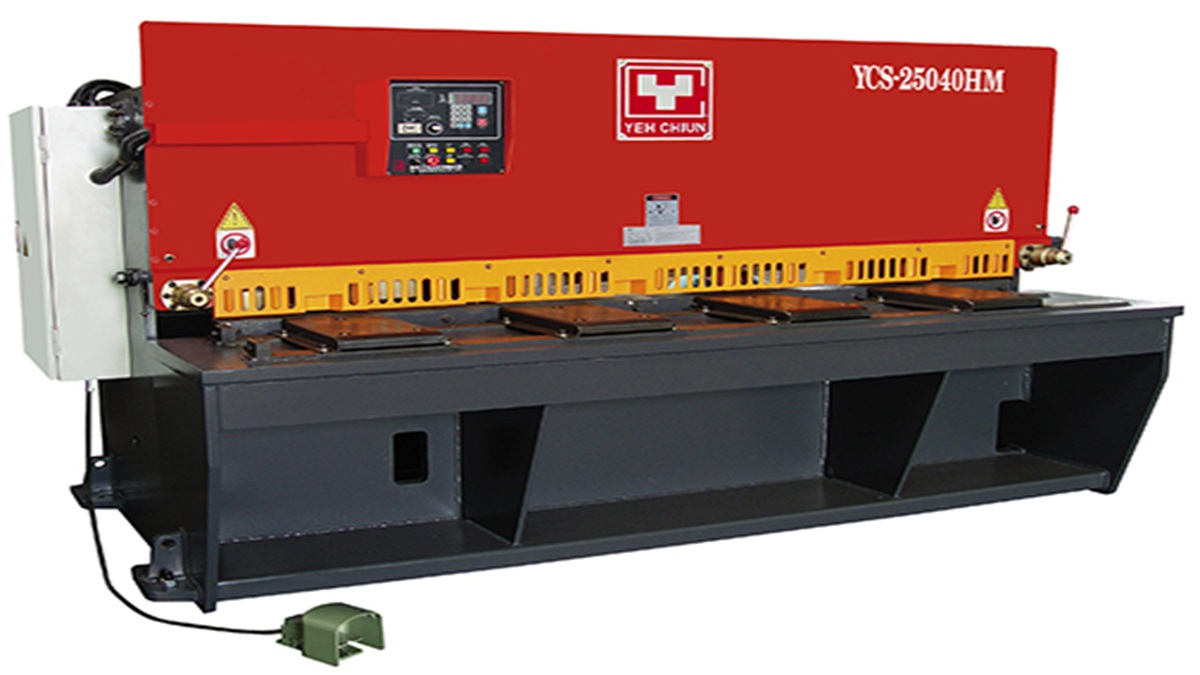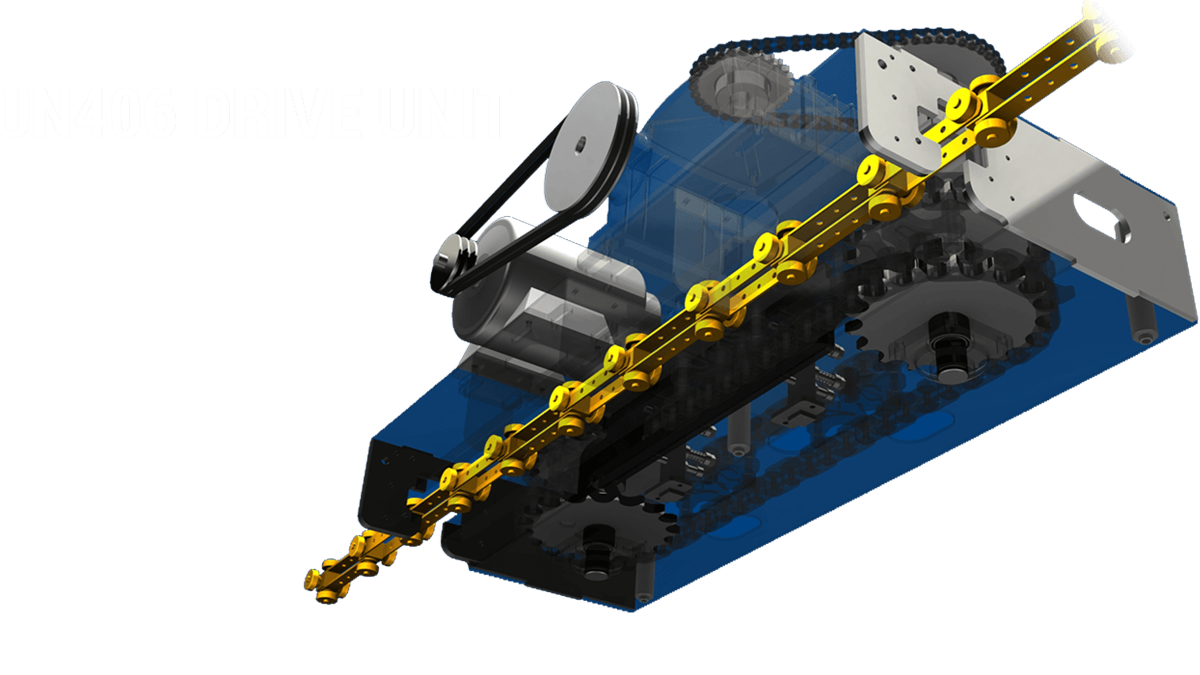Ecosystems are built on three layers: infrastructure, intelligence, and engagement.
The infrastructure layer is foundational, composed of effective data capture, curation, management, storage, and interoperability to create a common data set upon which the ecosystem can operate. For example, Wincomm is one of the leading manufacturers of medical and industrial computers with relative embedded computing products. Wincomm design and develop all in one panel PC selected monitor, rugged box PC, and embedded software products for a broad range of medications to industries applications. Built on top of the infrastructure layer is the intelligence layer, which converts data elements into consumable and actionable insights. Finally, bringing an ecosystem to life also requires a robust engagement layer, enabled by the infrastructure and intelligence layers, to effectively curate an end-to-end experience for suppliers who provide services and offerings to patients. Components of these layers can be built, bought, partnered, or vended by ecosystem curators and participants.
The infrastructure layer requires data liquidity
Data liquidity—the ability to access, ingest, and manipulate standardized data sets—is required for the infrastructure layer to serve as the foundation for all insights and decisions made in the ecosystem. This data liquidity enables the ecosystem to create value and removes silos by allowing stakeholders to operate off the same data sets with increased coordination.
Increased data liquidity enables stakeholders to access a complete longitudinal patient record, consisting of patient-generated data, provider-generated data, health and wellness data, financial data, and social data. As standards are established and cloud services continue to proliferate, this data will be easier to access, consume, and integrate. Patients will still be owners of this data and will be required to grant stakeholders permission. While balancing privacy, stakeholders will have to ensure that they are building in the appropriate safeguards and that the ecosystem will provide clear value-added benefits before patients are willing to make the trade-off.
In healthcare, data liquidity will likely enable more coordinated care and accelerate innovation. Open application programming interfaces (APIs) built for liquid data can provide access to patient records, support electronic data exchange for care transitions, and enable the integration of new data sets, including and beyond claims, clinical, pharmacy, financial, and social data. As ecosystems evolve, tangible concerns and risks about the manipulation and ownership of patient, consumer, and provider data will arise for participants. Preserving individual privacy and trust is critical to the functioning of ecosystems. Reforms and regulations are beginning to address this challenge, with likely more to come.
The intelligence layer requires advanced analytics
Successfully converting data from the infrastructure layer into insights in the intelligence layer requires advanced analytics. Advanced analytics—including machine learning, natural language processing, artificial intelligence, and big data analytics—is critical to gain actionable insights to guide stakeholders across ecosystems. Toward the IoT trend, Wincomm aims to build integrated application-ready Platforms to enable variant environments solutions, such as smart healthcare / smart factory / smart city / smart transportation and relative computing solutions.
Data liquidity will enable advanced analytics in the intelligence layer and lead to more robust patient risk identification, clinical pathway development, and personalized and precision medicine. In healthcare, advanced analytics allows stakeholders to use personalized and predictive insights to more effectively manage population health.














